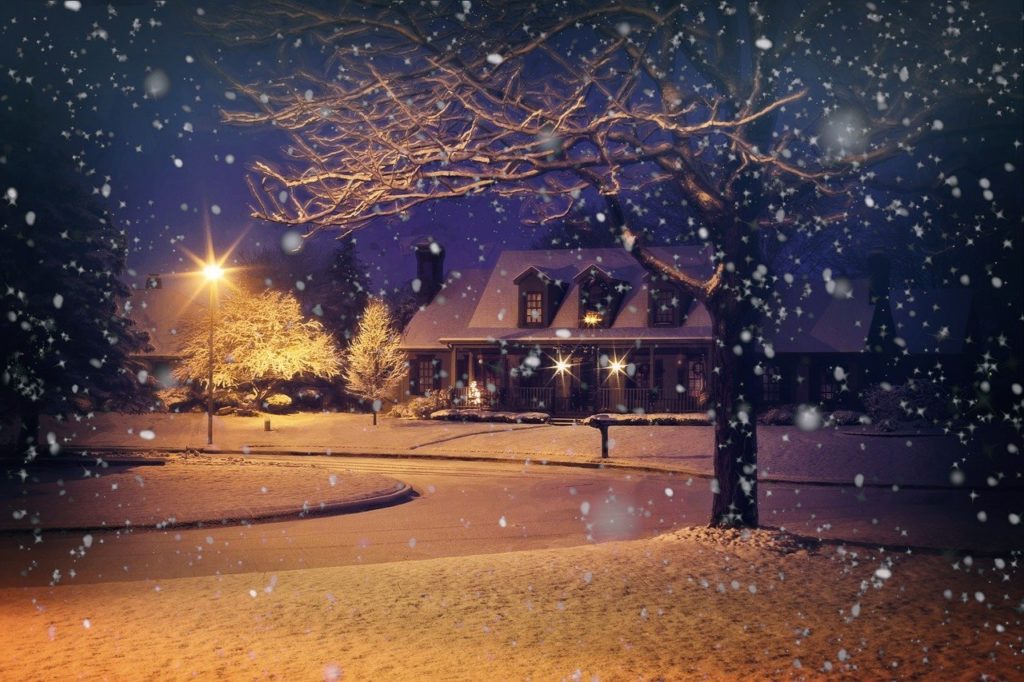So, a winter storm warning is on the news, and everybody is flocking to the grocery store, buying food, flashlights, blankets, and a kerosene heater…All good ideas, but most people don’t consider preparing their HVAC system for the blizzard!
Here’s our step-by-step guide (although, being the first to get to the grocery store is important too!):
Insulate Your Pipes
First off, you’ll want to insulate any pipes you’re worried about freezing, such as the vulnerable copper pipes in your basement. You can buy rolls of insulation that are already made for certain pipe thicknesses and are very easy to adhere to your pipes. They even have paper pull tabs so that if you need multiple rolls of insulation, you can tape them together and they won’t come apart. This is a very simple DIY project!
Say No to CO
Another simple DIY project is putting carbon monoxide alarms in your house (if you don’t already have them). This is important not only because a furnace malfunction can result in carbon monoxide leakage, but also because you’ll likely be using kerosene heaters and other sources that can increase carbon monoxide levels. The worst thing that could happen is another crisis on top of the existing winter storm crisis! Also, to this end, keep your exhaust pipes clean and get rid of any snow and ice. If there’s snow around your furnace pipe vent, this is bad because it can break down in the internal valves of your gas furnace, and then refreeze and expand! This can cause a furnace to shut down, or even a fire if your furnace is turned on!
If either the intake or exhaust vents are blocked, either your furnace will shut down, or, more worryingly, a “snow tunnel” around the vent will trap exhaust fumes like carbon monoxide in your home!
Again, that’s why you need a carbon monoxide alarm!
Keep Yourself Warm and Cozy
So now, your home is relatively safe because you know what to watch out for! But it’s not all serious doom and gloom. You also have basic comfort to consider, in case your heat goes out. What should be on your mind in this situation is…well, getting warm, of course. But also, “insulation, insulation, insulation!” As in, blown-in insulation, but also other forms of insulation like closing your curtains at night, opening your kitchen and bathroom sinks (“insulating” with warm air), and insulating pipes in parts of your house you think will get cold, as mentioned above!
Also, you need to insulate yourself!
Wear multiple pairs of socks, a hat, thermal underwear…Basically, dress like it’s zero in your house, because even though it won’t be, that’s what it will feel like! Also, did you know there are chemical heat hand warmers? All you have to do is take them out of the plastic wrap and shake them. This causes a chemical reaction to occur that will warm your hands for a couple hours.
Of course, even if you are doing an excellent job insulating your home and insulating yourself…Having a broken furnace is absolutely no fun.
Although even the toughest equipment may not be able to withstand a crazy, record-breaking snowstorm, you improve your chances by getting a furnace tune-up ahead of time: check your furnace belt, pilot light, ignition, motor, and gas pressure, so issues can be fixed before they become issues!

